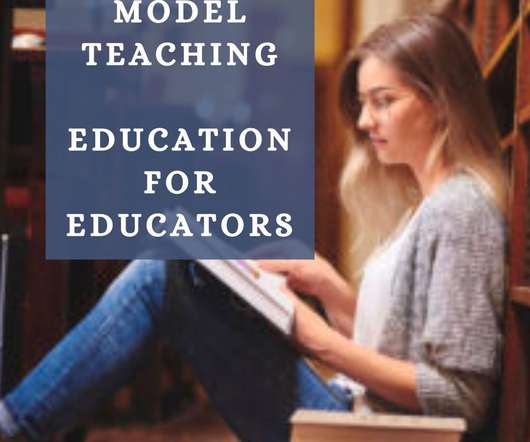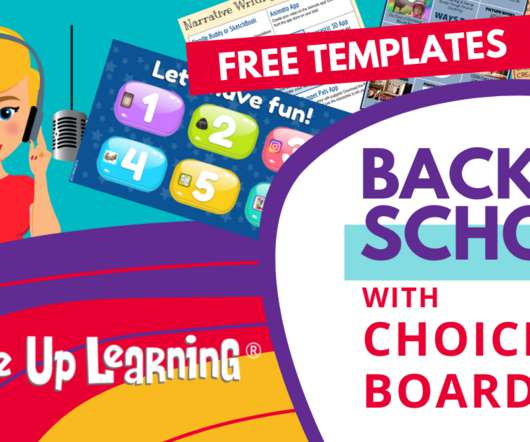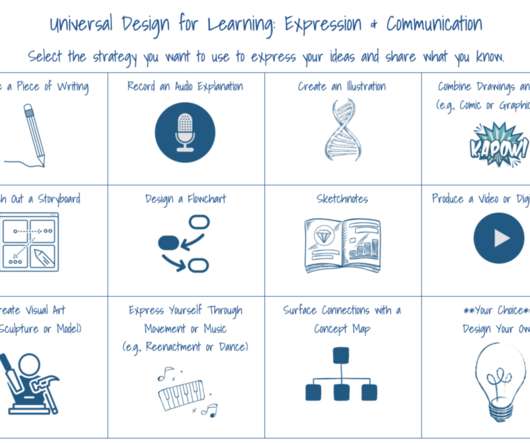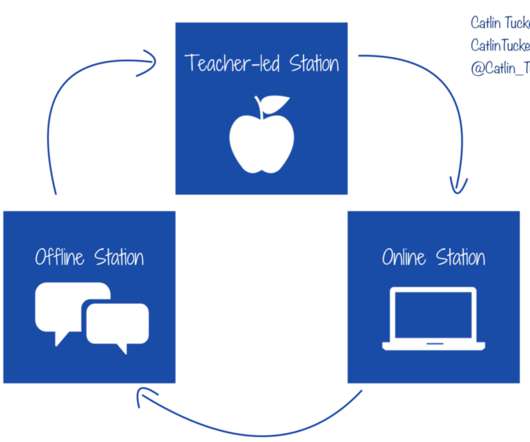Model Teaching–How Today’s Educators Learn
Ask a Tech Teacher
FEBRUARY 7, 2022
Participation is compatible with all platforms (Mac, PC, Chromebooks, smart phones, tablets) and all browsers (Chrome, Firefox, Edge, and others). A PDF program (like Adobe Reader) and Microsoft Word or Google Docs will satisfy most (all?) Elementary Math. Writing Prompts. Blended Learning. Bloom’s Taxonomy. course requirements.

















Let's personalize your content